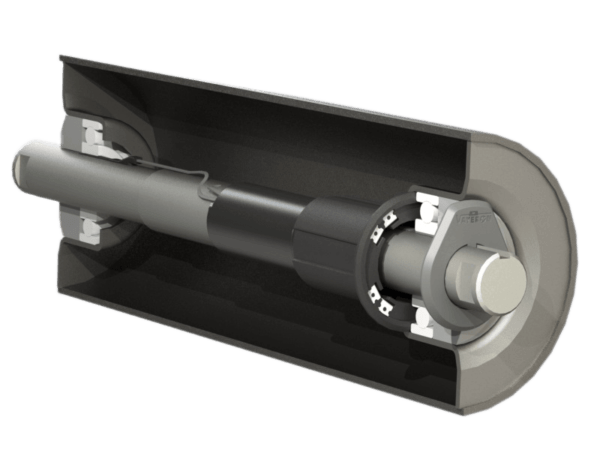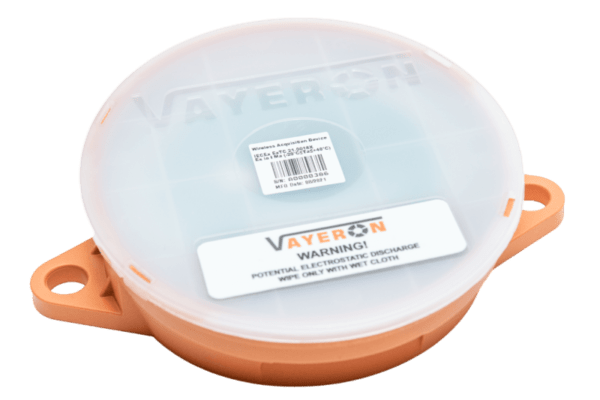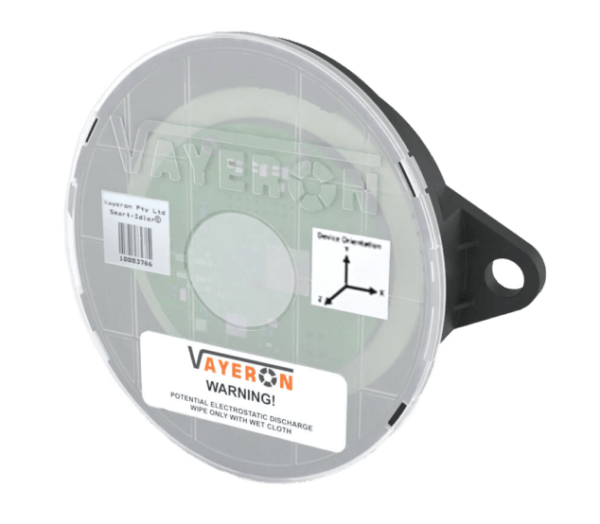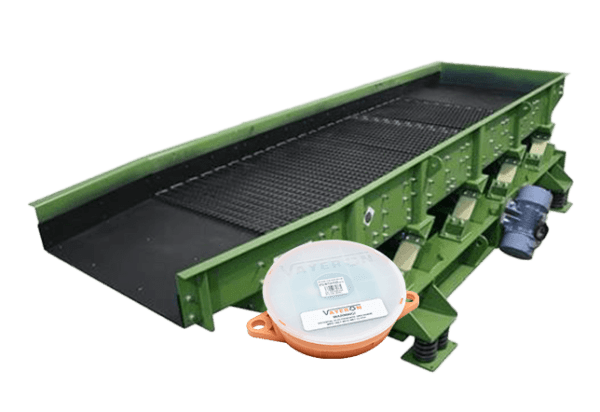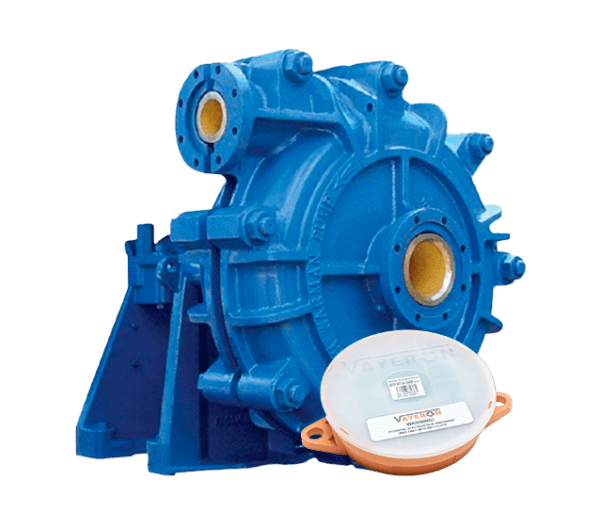Asset Wear Monitor (AWM) is an innovative asset abrasive wear monitoring system, which intelligently predicts and reports failure in pipework, storage bins, chutes and wear plates located in harsh environments and exposed to abrasive industrial slurries or other production materials.
The Problem
In mining and other industries, thick-walled pipes are commonly used to carry slurry, tailings or other heavy media materials. These solutions consist of small solids mixed with water or other transport fluids and pumped through a system of pipes, vessels and equipment to be transmitted.
Due to the pipe material often being softer than the solid particles, when the particles in these solutions collide with the pipe walls, abrasion occurs. For that reason, the whole pipeline needs to be continually inspected and regular preventive maintenance must be performed.
The pipe-wall wearing is often irregular, with certain sections of the pipe wearing at a greater rate than others leading to early and unexpected failure. See for examples of this effect on High-density polyethylene (HDPE) and Basalt lined pipes:

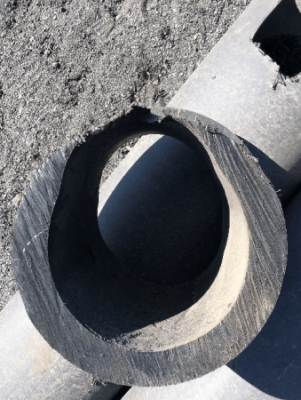
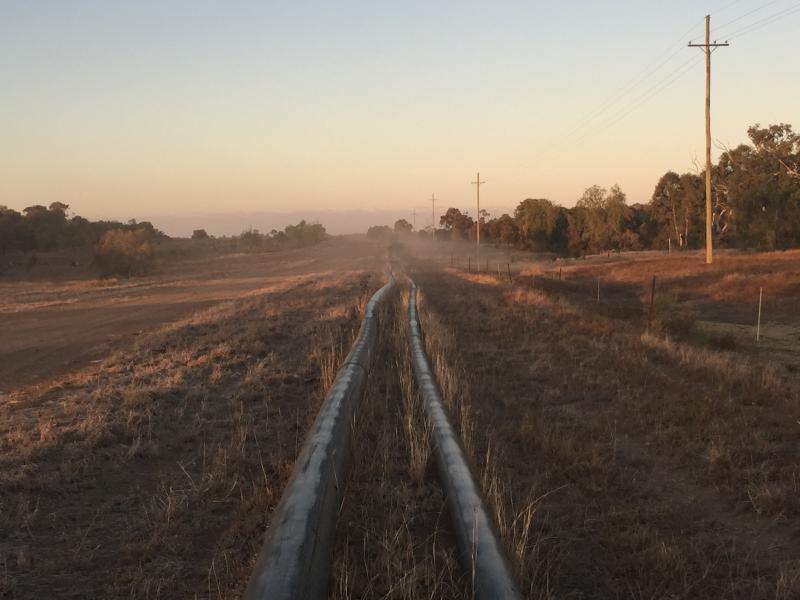
Challenges
Since irregular abrasive wearing is difficult to monitor and predict, the standard industry solution is to continually inspect pipe surfaces looking for signs of fatigue.
Although continuous inspections can predict early failure, it isn’t a time or cost-effective approach. Pipelines and other machines are often located in remote areas, harsh environments or extended for several kilometres. Regular inspections often require operation downtime, which represents a non-recoverable cost to the business.
The Solution
Rather than conducting regular expensive inspections, an automated solution can be implemented to continuously monitor the wear on asset walls; improving cost-efficiency while providing visibility of asset wear level in real time.
This abrasive wear monitoring solution can be implemented using electronic telemetry combined with custom sensing probes and analysis software. This enables early fatigue to be detected. Technicians, engineers, and operators can then be alerted to impending asset failure.

In addition to removing the requirement for planned inspections, this solution also vastly reduces the risk of unplanned maintenance arising. By constantly monitoring the asset abrasive wear level, there is less risk of unexpected asset failure. Any increased or uncharacteristic levels of wear will be detected by the system and reported to technicians, engineers or operators.
Financial Benefits of Abrasive wear monitoring
By removing the need for regular expensive asset inspections, and greatly reducing the risk of unplanned maintenance arising, the abrasive wear monitoring greatly reduces expenses related to the maintenance of pipes, linings, bins and chutes in industrial environments.
On top of these large cost saving factors there are numerous additional factors that may be less obvious.
The case studies included below outline the numerous benefits of Abrasive Wear Monitoring and the projected savings for a real-world system:
Tailings Pipelines Monitoring – Case Study
Spirals Feed Pump Pipe Work Monitoring – Case Study
Reject Load Out Feed and Bin Internal Liner Monitoring – Case Study

